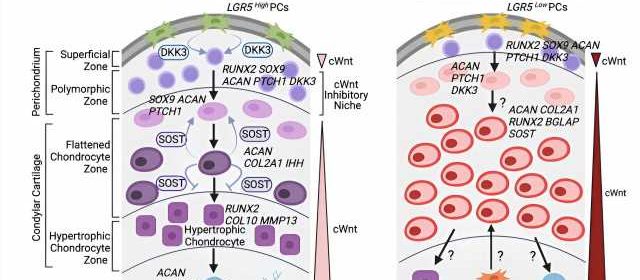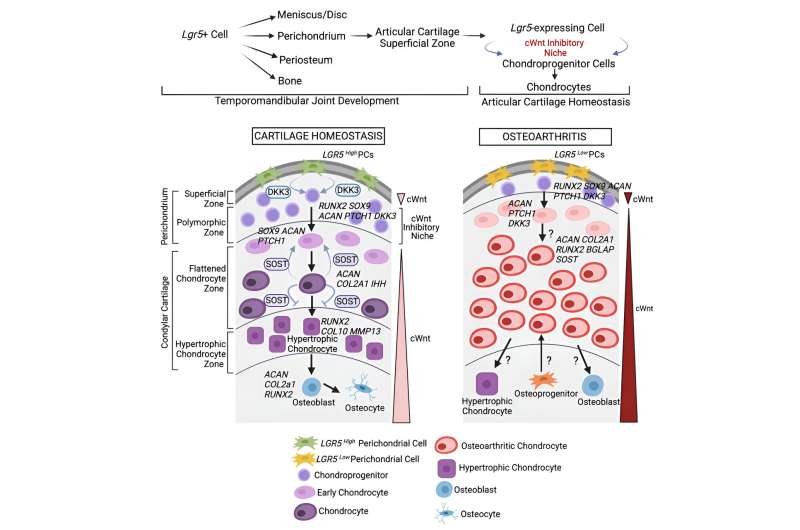will lexapro irritability go away


People suffering with osteoarthritis currently have only two treatment options: pain management and joint surgery. Both options can have complications and neither targets the disease’s root causes.
Mildred Embree, DMD, propranolol b1 Ph.D., assistant professor in the Columbia University College of Dental Medicine, would like to change that. Embree, who leads the Cartilage Biology and Regenerative Medicine Lab at the Columbia University College of Dental Medicine, has recently published a study in Cell Stem Cell on StemJEL, a patented osteoarthritis drug developed in her lab, that targets the disease in early-to mid-stages with the goal of protecting cartilage and avoiding invasive joint replacement surgery.
In the new study, Embree and postdoctoral researchers Mo Chen, Ph.D., and Angela Ruscitto, Ph.D., discovered that a growth factor in the local tissue environment or the niche of cartilage cells is important for forming and protecting joints. They formulated this factor, called sclerostin, into an injectable hydrogel therapy and demonstrated its ability to improve osteoarthritis and restore joint function in rats, rabbits, and pigs.
Embree and Chen, who co-founded the biotechnology company WNT Scientific, LLC, will present their research to the FDA in October with the goal of conducting clinical trials and ultimately bringing StemJEL to patients.
“Osteoarthritis is a major problem. As we live longer, our joints age and cartilage wears down,” Embree says. Osteoarthritis is the primary cause of disability in aging adults and affects 500 million people. “Despite so many people suffering from osteoarthritis, disease-modifying osteoarthritis drugs are not available to patients,” Embree says.
Embree says that her research interests crystalized early. “I love cartilage,” she says. “It’s beautiful under a microscope. But unlike other musculoskeletal tissues like bone, it does not have a blood supply and a source of circulating stem cells, so cartilage does not repair easily.”
Cartilage cushions the joints and allows them to move smoothly. Because it cannot regrow or heal, injury or disease that damages this tissue can lead to permanent disability. In her postdoctoral training, she narrowed her interest to the temporomandibular joint (TMJ) and understanding how stem cells in that joint naturally form cartilage.
In 2010 Embree and Chen, who met while conducting research at CDM, discovered that sclerostin protects cartilage cells and improve osteoarthritis. Embree says that the seeds of the StemJel research were sown then. She first published these findings in the journal Nature Communications in 2016.
Embree says that by the year 2040, approximately 79 million adults in the United States alone will be diagnosed with some form of arthritis.
“In response to deterioration either from injury or aging, we designed StemJEL to mimic our own body’s natural ability to form and protect cartilage,” she says. This could be great news for all of our aching and creaky joints.
More information:
Angela Ruscitto et al, Lgr5-expressing secretory cells form a Wnt inhibitory niche in cartilage critical for chondrocyte identity, Cell Stem Cell (2023). DOI: 10.1016/j.stem.2023.08.004
Journal information:
Nature Communications
,
Cell Stem Cell
Source: Read Full Article